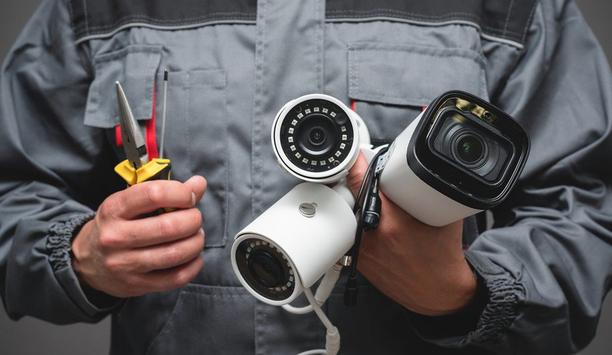They say nothing stays the same for long, and this has never been truer than in today’s world of technology and innovation. The 21st century has seen rapid changes and every day brings a new update in one of the many segments of technology. Technology is evolving at such a rapid rate, due to a phenomenon dubbed accelerating change. Each new improvement is now a stepping stone, enabling stronger and better generations of technology, at faster speeds.
Accelerating change evolving across all industries
The idea of accelerating change is evolving across all industries. And, because we want to help our partners and customers get the most out of their investments, which is why we continually look to find ways to deliver flexibility and scalability, with each technology update. Essentially, we’ve embraced the concept of accelerating change across our entire organisation.
Why is this important? When organisations implement any new solution, they should carefully consider how their technology needs will evolve. Although, it is impossible to anticipate the future (who would have imagined COVID-19?), stakeholders know their organisation may grow, leaders will request new data points, the industry will evolve and aligned technologies will emerge.
Investing in flexible, scalable technologies
Technology today should be designed to meet today, tomorrow and future security, and business requirements
Therefore, businesses must be able to be flexible and modular, without having to overhaul their technology investments. That is why each company must invest in technologies that are designed for flexibility and scalability.
Technology today should be designed to meet today, tomorrow and future security, and business requirements. When selecting the best 360-video solution, for example, it’s crucial to understand how some of the latest innovations transform security operations.
IP video systems
IP video systems offer numerous benefits, such as secure data accessibility, higher resolution, more efficient storage and centralised management, even with multiple cameras. And today, there are more options than ever before. In a market that sees constant technological evolution, the possibilities can seem endless.
But the camera you need today may not be what you need tomorrow. Security and business needs evolve over time, and sometimes, almost daily. Do you need to fit a camera into a small space, such as a hotel corridor or over a reception area at a bank? What about at a retail store exit or the entry point for a distribution centre? Or maybe, you want to install one 360-degree camera, instead of multiple standard cameras to maximise situational awareness?
Security cameras that offer modular benefits
There are more cameras available that offer modular benefits. Flexibility to change uses and features, and turn-on and turn-off intelligence are built into its own infrastructure, to make the camera customisable to specific requirements, risk profile, and environment.
With the addition of multi-mode software functionality, you get access to the most advanced 360-degree cameras on the market today. Whether you need a 360-degree camera, a panoramic camera, or both simultaneously, all these capabilities are wrapped up into one solution.
Cameras that can be transformed to cater to unique needs
Based on your unique needs, you can transform how the camera performs
Based on your unique needs, you can transform how the camera performs. Whether you need a 360-degree camera, a panoramic camera, these modular options wrap all these functionalities into one solution.
I bet you’re asking, why does that make sense? Why not keep different form factors, each focusing on a specific use? It all goes back to what we discussed before, the focus on empowering customers to have the best technologies, over the course of their investment.
Changing cameras accessories or functions within the UI
We should no longer ask customers to choose a specific camera. Instead, we should give them the base format and empower them to select the accessories needed to build the camera solution that fits their requirements. If those needs change, they simply change accessories or functions within the UI (User Interface).
Call it what you will, a one-stop camera shop or the Swiss Army knife of cameras, we’re good with either. Overall, this approach eases deployments, addresses change and simplifies use.
Need for ultra-flexible and scalable architecture
The world has changed, and partners and end users need technology that can adapt to changing conditions. As technology leaders, we need to accommodate the evolving needs of organisations, large and small.
By providing an ultra-flexible architecture that scales effortlessly, to accommodate the short and long-term needs of the ever-changing business environment, we can lead the way.








